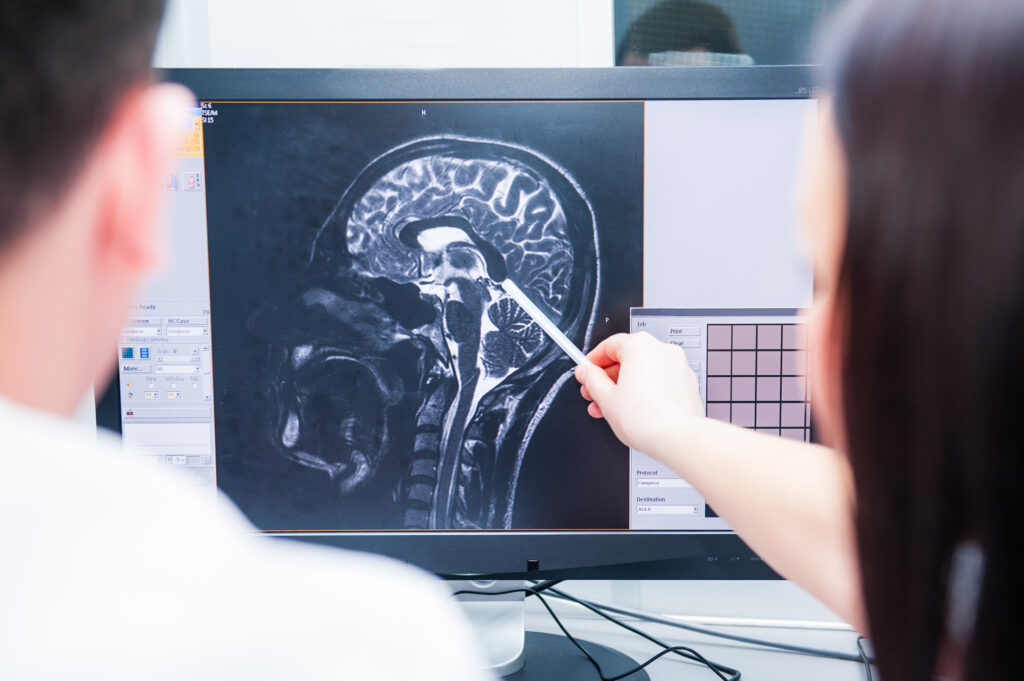Summary: Virtual reality (VR) is redefining the way medical professionals learn, practise and perfect their skills. From immersive surgical simulations to simulated patient consultations, VR offers risk-free, highly realistic training environments. This article draws on current research, industry adoption trends and the author’s direct engagement with VR medical training systems to explain how the technology is improving skill acquisition, enhancing patient safety, supporting data-driven assessment, and shaping the future of healthcare education. It also examines the practical challenges that must be overcome for VR to become a standard in medical training.
Keyword Phrases: virtual reality in medical training, immersive surgical simulation, VR for patient safety, medical education technology, data-driven skills assessment, future of healthcare training.
Virtual Reality in Medical Training: Combining Theory with Real-World Precision
The use of virtual reality in medical training has grown rapidly over the past decade. The concept moved from pilot studies and niche applications to an established tool in leading teaching hospitals. From personal experience attending demonstrations at medical conferences, the most striking feature is the sense of immersion—trainees are not passively observing a model, but actively performing tasks that mimic real-life pressures.
Traditionally, medical learning relied on lectures, textbooks and limited clinical placements. While effective in transmitting knowledge, these methods often lack the immediacy and unpredictability of real clinical situations. VR fills this gap by providing interactive, highly accurate replicas of anatomical structures and medical environments, enabling students and clinicians to practise complex procedures without risk to actual patients.
Leading UK institutions such as Imperial College London and University College London Hospitals have already incorporated VR into certain surgical courses, reflecting both academic confidence in the technology and its proven training benefits.
Immersive Surgical Simulation: Practising Without Consequences
Immersive surgical simulation allows surgeons to rehearse operations repeatedly before entering an operating theatre. Modern VR systems now include haptic feedback, giving the sensation of cutting, suturing and handling tissue. As someone who has trialled a VR laparoscopic simulator, the feedback is remarkably close to handling real surgical instruments, allowing fine-tuning of dexterity and precision.
This technology benefits not only junior doctors but also experienced surgeons learning new techniques. Procedures such as endoscopic sinus surgery, arthroscopic joint repair and robotic-assisted prostatectomy can be rehearsed in a way that mirrors the patient-specific anatomy they will encounter.
One of the key advantages is the ability to simulate rare but high-risk scenarios. A cardiac surgeon may go their entire career without encountering a specific congenital abnormality, yet VR can create that exact condition for training purposes. This exposure prepares the surgical team for the unexpected, which directly contributes to safer patient care.
VR for Patient Safety: Reducing Error Rates Through Repetition
The NHS continues to place patient safety at the centre of its training objectives. VR’s ability to let trainees learn from mistakes without real-world consequences is a major driver of adoption. In high-pressure specialities such as emergency medicine and anaesthetics, VR can replicate scenarios involving airway obstruction, major trauma or cardiac arrest.
Evidence supports its effectiveness: a review in the BMC found that VR-trained clinicians demonstrated faster reaction times and fewer critical errors compared with those trained through traditional methods alone. The repeated exposure in VR builds procedural memory, reducing hesitation and improving confidence when real emergencies occur.
Trust is also enhanced when patients know their care team has been exposed to extensive simulation before performing procedures. From a public health perspective, it strengthens confidence in the healthcare system’s ability to minimise preventable harm.
Medical Education Technology: Supporting Knowledge Retention and Soft Skills
VR is part of the broader shift toward medical education technology, which combines interactive tools, online resources and simulation-based learning. In anatomy teaching, VR allows exploration of 3D models that can be rotated, dissected and reconstructed. For students, this offers an understanding of spatial relationships between structures that flat images cannot match.
Equally important is VR’s role in developing communication skills. Certain platforms simulate patient interactions, complete with facial expressions and realistic body language. These scenarios can train students to break bad news, discuss treatment options or manage a distressed patient. This is especially valuable for early-stage trainees, who may otherwise have limited exposure to sensitive conversations before entering clinical placements.
From direct observation of VR training in general practice modules, I have seen how students respond to real-time feedback on tone of voice, clarity and empathy. These soft skills are essential for building trust between healthcare professionals and patients.
Data-Driven Skills Assessment: Objective Feedback for Better Outcomes
One of the distinguishing strengths of VR is its ability to produce data-driven skills assessment. Every decision, movement and time interval during a simulation is recorded. Educators can then analyse this data to identify patterns—whether that is a consistent delay in recognising a complication or an inefficient sequence of actions during a procedure.
This objectivity ensures assessments are based on measurable performance rather than subjective observation alone. For example, surgical trainees can receive quantifiable feedback on incision angles, instrument handling and completion times. Diagnostic trainees can be evaluated on decision-making speed, accuracy of test selection and interpretation of findings.
Institutions benefit as well. Aggregated data can reveal training gaps across cohorts, enabling targeted curriculum improvements. In the long term, such metrics could help correlate simulation performance with real-world patient outcomes, further validating VR’s role in training.
The Future of Healthcare Training: Integrating VR, AR and AI
The future of healthcare training is likely to see VR integrated with augmented reality (AR) and artificial intelligence (AI). AR overlays could allow learners to practise on real patients with digital guides projected in their field of vision. AI could adapt training difficulty dynamically, offering increasingly complex cases as the learner’s skill improves.
The potential for remote VR training is significant. With cloud-based systems, students in rural or under-resourced areas could access the same high-quality simulations as those in major teaching hospitals. This could help address geographical disparities in healthcare education, a challenge recognised by both the NHS and the World Health Organization.
However, barriers remain. VR hardware and licensing costs can be substantial, limiting access for smaller institutions. There is also a need for rigorous peer-reviewed research to confirm that VR-trained skills consistently translate into better clinical performance. Instructors must receive training themselves to use VR effectively, ensuring that the technology is integrated into a coherent learning framework rather than treated as an isolated novelty.
Conclusion
Virtual reality is no longer experimental—it is a proven, valuable asset in medical training. By combining immersive, hands-on practice with data-backed assessment, it addresses critical gaps in traditional education. Its role in improving patient safety, developing both technical and soft skills, and preparing healthcare professionals for complex scenarios is supported by growing evidence and first-hand accounts from those using it daily.
The technology’s continued refinement, coupled with integration alongside AR and AI, points towards a future where VR is a standard fixture in medical education. As adoption widens and research strengthens the evidence base, VR stands to elevate both the competence of healthcare professionals and the trust patients place in their care.
Disclaimer
The information provided in this article is for educational and general informational purposes only. It does not constitute medical advice, diagnosis or treatment, and should not be relied upon as a substitute for professional medical training or clinical judgement. While efforts have been made to ensure the accuracy of the content, Open Medscience makes no representations or warranties, express or implied, regarding the completeness, reliability or applicability of the information discussed. Any reference to specific products, technologies or institutions is for illustrative purposes only and does not imply endorsement. Readers are advised to seek appropriate professional guidance and to verify any information before applying it in clinical or educational settings.




